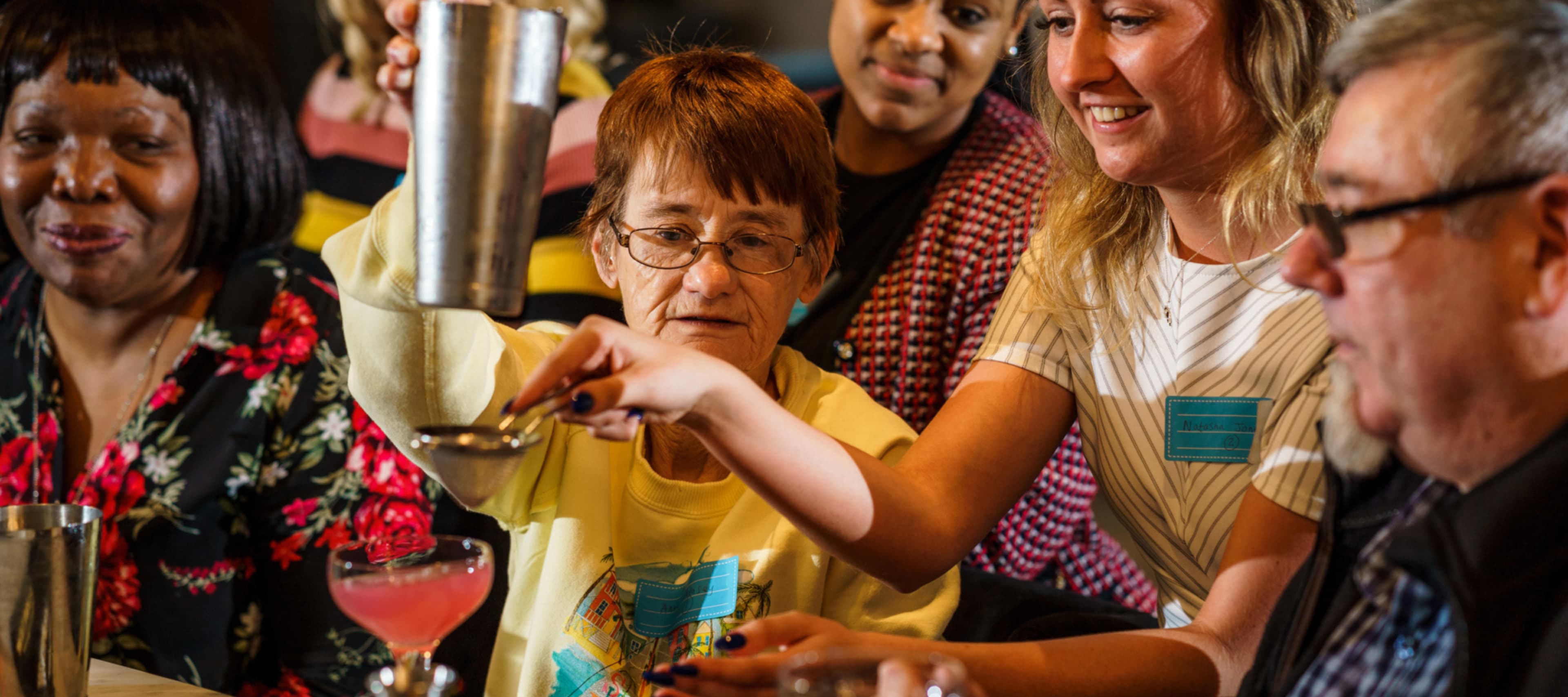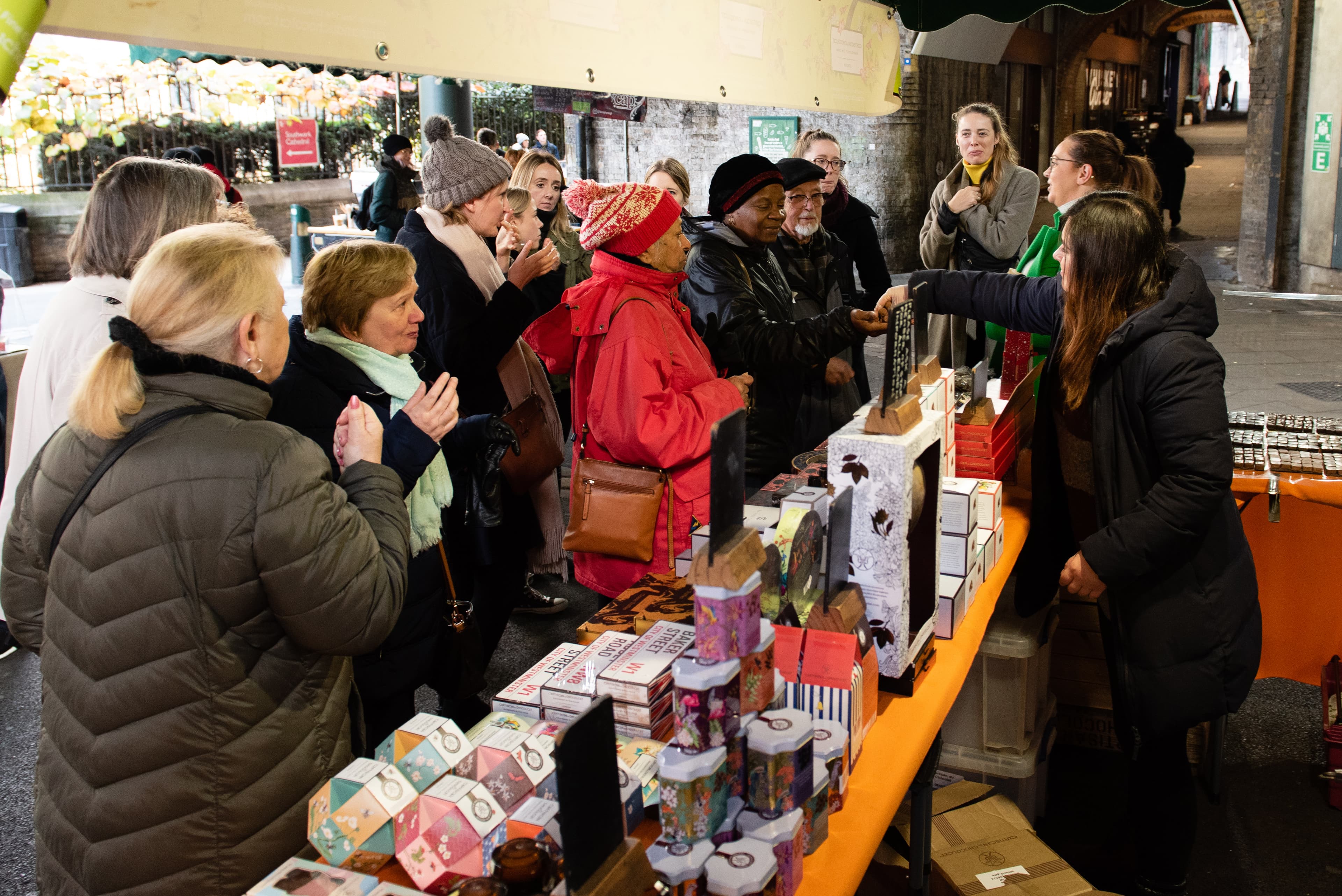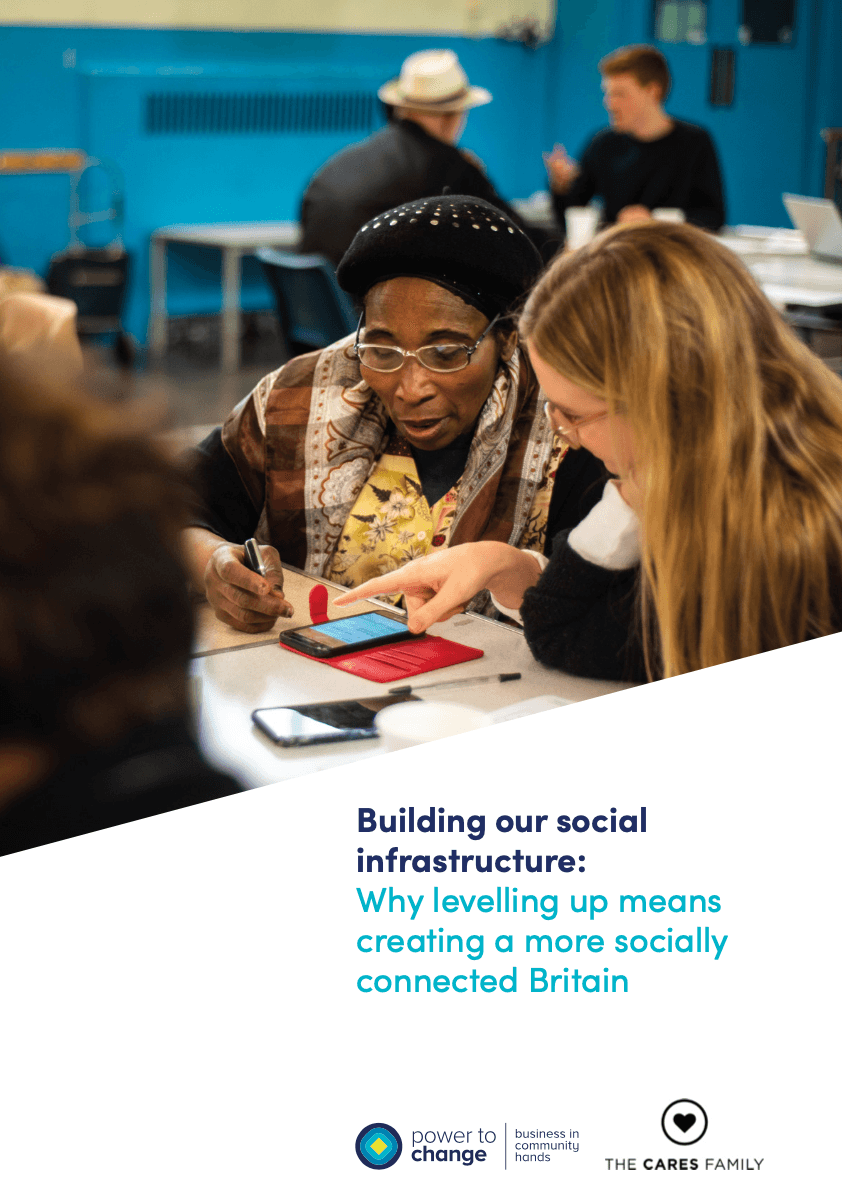
The campaign for twenty-first century connecting institutions
We live in a disconnected age. Over the last half-century, industries and institutions of association that once bound neighbours and communities together have been eroded by breakneck changes linked to globalisation, gentrification, digitalisation and cultural fragmentation. In our joint report with Power to Change, Building our social infrastructure: Why levelling up means creating a more socially connected Britain, we set out how the absence of connecting institutions of this sort is sapping our communities of growth, opportunity, health, wellbeing, empathy, trust and power.

In recent years, new initiatives which work to nurture relationships and bridge social divides have begun to sprout up in communities across the UK. From The Cares Family’s programmes to Good Gym, The Sunday Assembly and Participatory City’s Every One Every Day initiative, a new wave of community organisations and civil society programmes which seek to fulfil the need of people living in socially and culturally diverse areas to connect meaningfully have formed and – in several cases – grown rapidly.
These are twenty-first connecting institutions. They matter because they provide opportunities for people to form strong social ties and actively disrupt our evolved preference for spending time and building relationships with those who we perceive to be in some way ‘like us’. In so doing, they connect our communities together much more closely than other community institutions.
Put simply, a park is shared space and, in that sense, a community institution – ParkRun is a connecting institution. Hackney Museum is a community institution – Xenia, which brings people together in its walls to share language skills and build meaningful relationships, is a connecting institution. A supermarket café may serve as a shared space for the community – but it takes the application of the Chatty Cafe model for it to become a space in which people are actively brought together to forge new relationships.
Given the toll which our social connection deficit is taking on communities across the UK, we cannot afford to take a laissez-faire approach and assume that twenty-first-century connecting institutions will simply appear in time. That’s why The Cares Family is calling on the government to create a new national commission to explore how we might support and spur on the development of new twenty-first century connecting institutions.
Reviving the tradition of constructing community institutions of this kind in our diverse, disaggregated, digitalised country will require fresh thinking and new approaches. Building on our report with Power to Change, The Cares Family will seek to explore how policy and decision-makers might learn from organisations and initiatives which are working in purposeful ways to nurture meaningful connections across perceived lines of difference in modern Britain so as to tackle our crisis of disconnection.
We need to unleash a new boom in associational life – not one that harks back to the approaches of the past but one that learns from what is working today and seeks to build on it.
Building our social infrastructure report
You can read more about twenty-first-century connecting institutions in our report, Building our social infrastructure: Why levelling up means creating a more socially connected Britain. This report argues that, in order to level up Britain, Ministers and officials should put relationships and communities at the heart of policy and decision-making – including by proactively supporting the development of new connecting institutions.
It also sets out the five defining aspects of twenty-first connecting institutions. Read more here.

We are currently producing a series of blogs exploring and summarising the key findings and points outlined within this report.